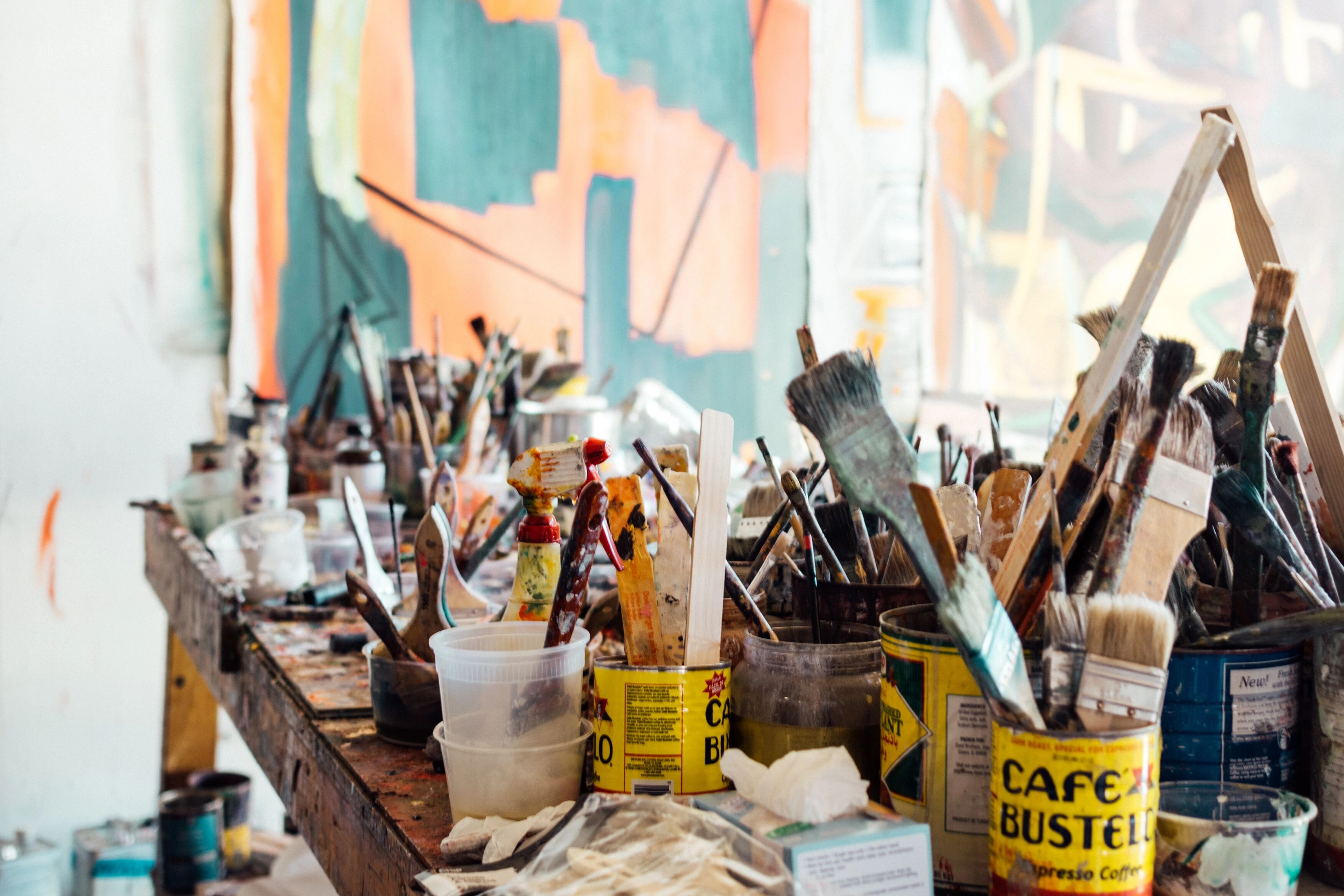
From Ancient Manuscripts to Modern Artist Books: A Journey into Book Art
Uncover the secret world of book art with me. Explore the intricate beauty of illuminated manuscripts and the radical innovation of artist books, from ancient treasures to contemporary sculptural forms. Discover why this tactile art form, where the book itself becomes the canvas, continues to captivate.
The Quiet Rebellion: My Deep Dive into Illuminated Manuscripts & Artist Books
What if the most profound art you'll ever touch isn't on a wall, but waiting quietly, patiently, in your hands? I have a confession to make. While I've spent years immersed in the vibrant world of abstract art and the explosive freedom of paint on canvas, a quieter, often overlooked corner of the art world has always held a special place in my heart: the art of the book. Or, as it's more broadly known, 'book arts.' I know what you're probably thinking, "books are for reading!" And you're not wrong, of course. But honestly, for me, a book is never just a container for words; it’s an object, a sculpture, a tactile experience brimming with artistic potential. It felt like holding a secret world – a whispered rebellion against the noise of the mainstream, a quiet refusal to conform to art’s more boisterous forms. This childhood fascination wasn't fleeting; it was the seed that blossomed into a glorious rabbit hole, leading me deep into the history of illuminated manuscripts and the vibrant, often boundary-pushing contemporary movement of artist books. This is a journey to understand how art breathes life into the very fabric of a story, exploring how the book itself becomes the canvas, from ancient treasures to modern marvels.
A Journey Through Time: The Illuminated Heart of the Past
When we talk about the earliest forms of "book art," we're usually talking about illuminated manuscripts. These aren't just old books; they're breathtaking testaments to human dedication, skill, and devotion. And let me tell you, stepping into this history, I found myself utterly captivated. Can you even imagine the painstaking process, the years poured into each page?
Let’s think about how these treasures came to be. For centuries, texts were rolled up as papyrus scrolls, cumbersome things that really made you work for your knowledge. But imagine, for a moment, the pivotal shift to the more intimate, page-turning codex – a collection of folded sheets bound along one edge. This wasn't just a format change; it was a revolution that made books truly navigable artworks, allowing for a more personal and immediate engagement with the content. For artists, the flat, defined pages of a codex offered an entirely new kind of canvas, enabling complex, integrated visual compositions and narrative flows that were impossible on a continuous scroll. This fundamentally changed how stories were told and absorbed. The codex, often crafted from durable parchment (treated animal skin) or luxurious vellum (finer calfskin), was typically bound with sturdy wooden boards, covered in intricately tooled leather, and sometimes adorned with precious metals and clasps, making each book a complete work of art from cover to cover. These weren't just religious texts; they were often commissioned by wealthy patrons, royalty, or powerful religious institutions, serving as symbols of status, devotion, and intellectual pursuit.
Think of iconic works like the Book of Kells with its swirling, intricate Celtic knots, or the Lindisfarne Gospels, radiant with gold leaf and vibrant pigments like lapis lazuli and vermilion. These were meticulously crafted by monks and scribes centuries ago, not just painting, but also practicing rubrication – the careful use of red ink for headings, initials, and other elements, to guide the reader through the text. The illustrations themselves often served a deeper purpose than mere decoration; they could clarify complex theological concepts for a largely illiterate populace, provide visual cues for mnemonic retention, or even reinforce political and religious authority. Each page was a canvas, carefully prepared to receive the rich inks and pigments. Imagine the rarity of true lapis lazuli, ground to create that vibrant ultramarine blue, or the intricate process of applying thin sheets of gold leaf, often burnished to a dazzling shine, bringing actual light to the page. Can you even imagine spending years – years! – on a single book, meticulously illustrating every detail, knowing it would be a treasure for generations? My attention span sometimes struggles with a 3-minute TikTok, so this level of commitment absolutely leaves me in awe! These weren't mass-produced items; they were unique, often spiritual, artworks, created by hand long before the printing press made books widely accessible. They truly are profound pieces, revealing an ancient love for detail and narrative that feels deeply personal, even across centuries. It’s a testament to the idea that artistry has always been intertwined with the act of visual storytelling long before the term existed.
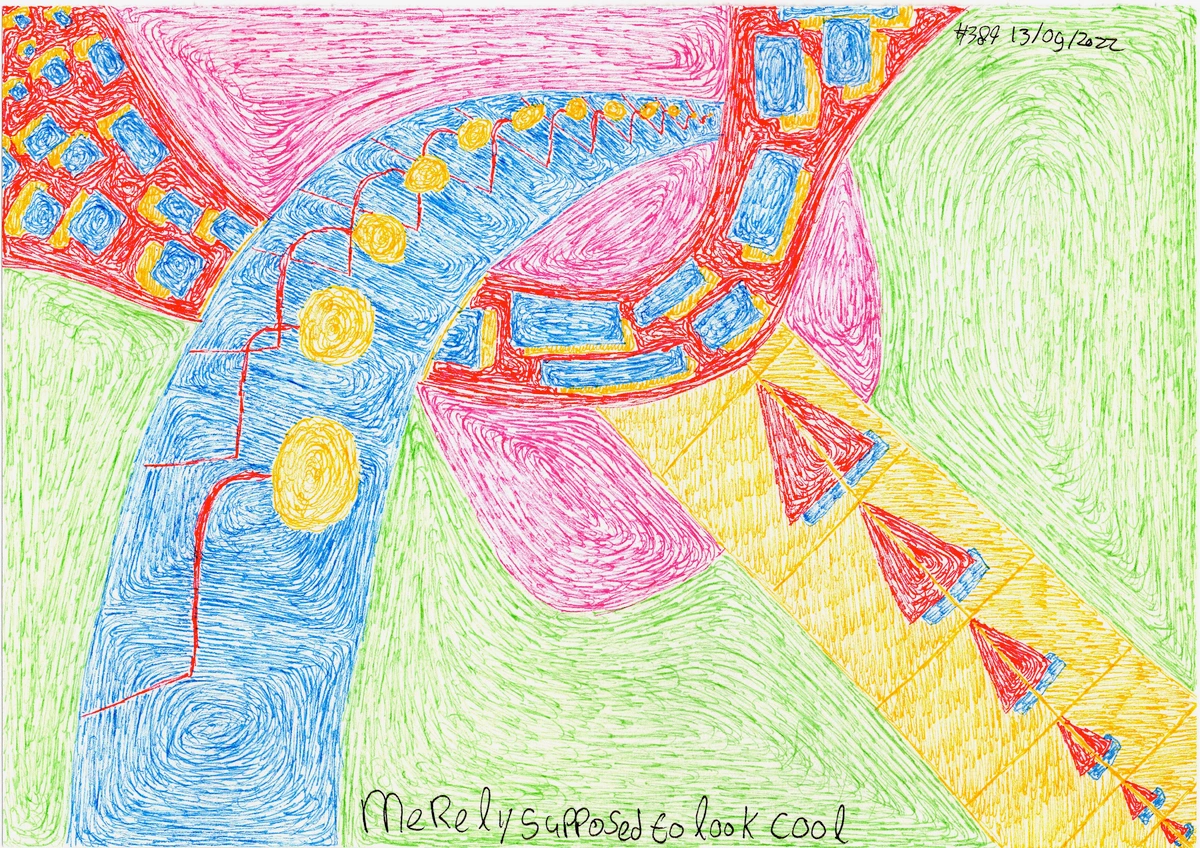
The Leap into the Now: Redefining the Book as Art
Fast forward to today, and we find the descendants of those majestic manuscripts in the form of artist books. Now, these are where things get really interesting. An artist book isn't just a book with art in it; it's a piece of art in the form of a book, blurring the lines between object and content. It challenges everything you thought you knew about what a book could be. When you grasp that the book itself, with its deliberate physical presence and tactile qualities, is the artwork – a kind of portable sculpture – then you're truly beginning to understand its unique power. This means the cover might be as integral to the story as the pages within, or the way the book opens could be a narrative device in itself. Imagine an accordion-fold book that unfurls to reveal a panoramic landscape, each segment a new vista, or a book with strategically cut-out pages that reveal layers of imagery or text sequentially as you turn them, guiding your eye through a story without traditional words.
The first time I encountered an artist book that wasn't just pages bound together, but a sculpture, a puzzle, a sensory journey – my mind was absolutely blown. I mean, my jaw practically hit the floor! It wasn't about reading a story in the traditional sense, but about experiencing a narrative, a concept, or an emotion through the physical act of engaging with the book itself. Artist books, I've learned, come in every conceivable shape, size, and material – from miniature wonders that fit in your palm to massive, room-filling installations. They might be pop-up marvels, intricate accordion folds, or unbound suites of prints. Crafted from paper, metal, fabric, wood, or even found objects, the only limit is truly the artist's imagination. You see artist books telling all kinds of stories: deeply personal narratives, sharp political commentaries, abstract visual poems, or complex conceptual explorations. Unlike a unique painting, many artist books are produced in limited editions, carefully numbered and signed by the artist. This makes them more accessible to new collectors than one-of-a-kind artworks, while still retaining their value as original art, distinct from mass-produced commercial books.
This spirit of radical experimentation, I've found, owes much to movements like Fluxus in the 1960s, which redefined art beyond traditional boundaries by embracing everyday objects and ephemeral experiences, perfectly aligning with the idea of a book as a sculptural, interactive piece. But the lineage stretches back further to movements like Dada and Surrealism, whose artists often incorporated text, collage, and subversive narratives into their publications, challenging conventional notions of art and literature. For example, Fluxus artists created 'editioned multiples' and ephemeral works that often took the form of books or pamphlets, directly influencing the artist book movement by emphasizing the interactive, democratic nature of art objects. Pioneers like Ed Ruscha, for instance, didn't just illustrate books; his photographic books, like 'Twentysix Gasoline Stations,' treated the commonplace as art, challenging conventional notions of publishing by presenting them as serial artworks, where the sequence and presentation were as critical as the images themselves. Beyond these, contemporary artists like Dieter Roth created books designed to be eaten, molded, or destroyed, pushing the very definition of a book from a static object to an ephemeral experience. Think also of artists like Julie Chen, known for her exquisitely crafted sculptural books that often incorporate unique paper engineering and binding, or Richard Minsky, a pioneer of the contemporary artist book movement whose works frequently blur the line between book and sculpture.
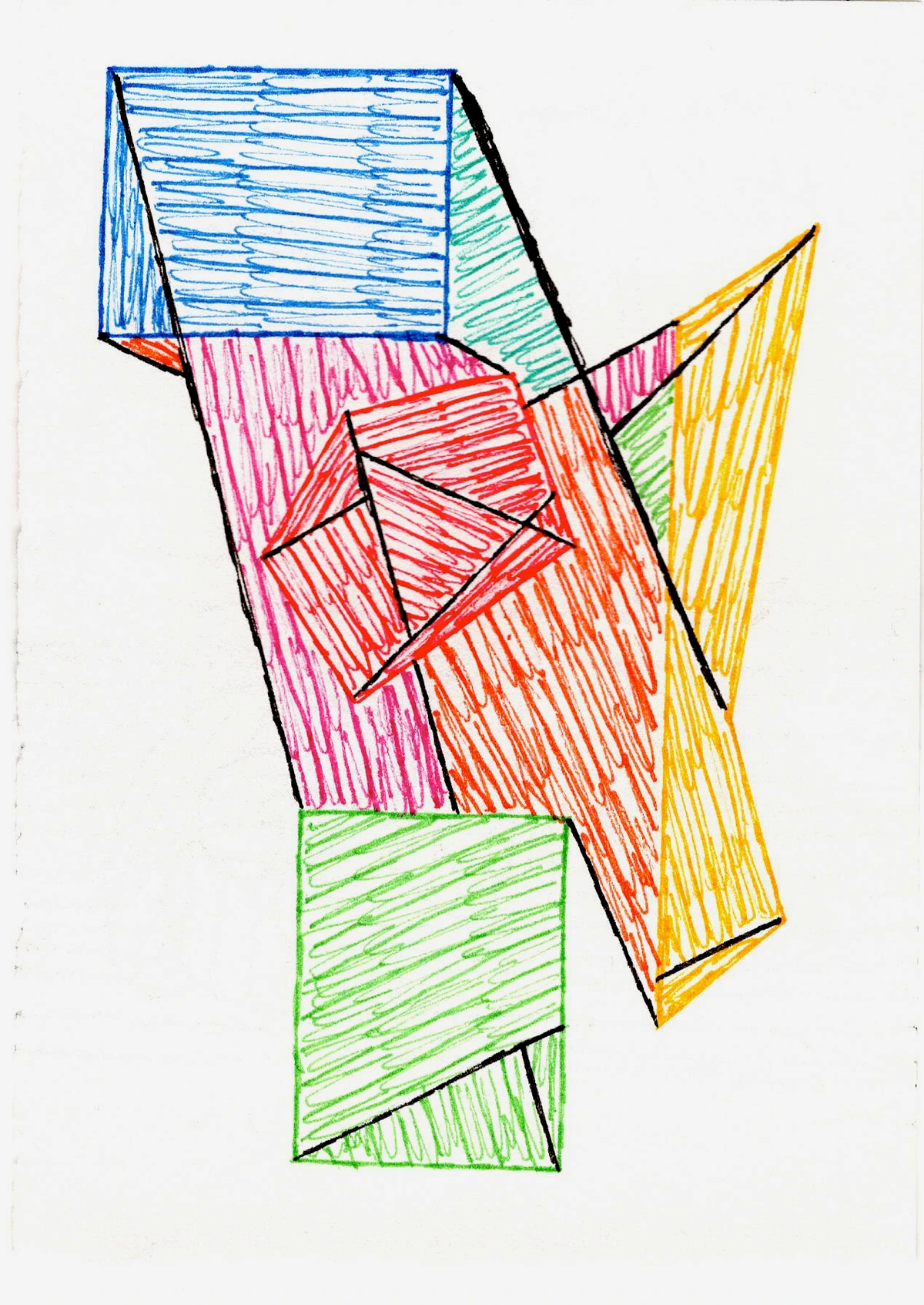
Beyond the Page: Techniques, Textures, and Unexpected Twists
So, how do artists conjure these tactile narratives? The techniques involved in creating artist books are as diverse as the artists themselves. I mean, it's a veritable playground of methods! You’ll find everything from foundational printmaking methods like woodcuts, linocuts, etching, and lithography – techniques with deep historical roots that continue to be embraced for their unique aesthetic qualities in contemporary book art – to modern approaches like digital printing, photography, drawing, painting, collage, and even full-blown sculptural elements.
It’s not just the ink or paint that matters; the very paper becomes an active participant in the artwork. Whether it's handmade with specific fibers, imbued with embedded elements, or chosen for its unique weight and hand-feel, the paper is often manipulated – torn, folded, distressed, or even cast as paper pulp – to contribute to the book's overall message and sensory experience. And speaking of the paper, the role of typography can’t be understated. In many artist books, font choice, scale, layout, and even hand-lettering are not mere functional elements but integral artistic components, shaping the rhythm and visual impact of any text, or even forming abstract compositions themselves.
Many artists also embrace mixed media within their books, incorporating textiles, found objects (like maps, antique tools, or pressed botanical specimens serving as pages), unconventional binding techniques, or even ephemeral elements like sound recordings or embedded scents to create truly unique works. And we can't forget the specialized artisans: paper mills and independent papermakers play a crucial role, often creating unique sheets with specific fibers, inclusions, or textures tailored for an artist's vision.

For instance, Coptic binding is a historical technique that allows a book to lie completely flat when open, making it ideal for displaying artworks or writing without wrestling the spine. Japanese bindings, on the other hand, often feature decorative exposed stitching that becomes an integral part of the book's aesthetic, a visible thread that ties the artwork together. Another fascinating approach is Long Stitch binding, where sewing supports are visible on the spine, offering a versatile and often decorative way to bind pages that complements the book's artistic intent. It's this tactile, interactive quality that makes them so special. Unlike a painting on a wall, an artist book invites you to pick it up, to touch its textures, to unfold its secrets page by page. It’s a very different relationship than standing in front of a canvas; you’re invited into its world, step by step, fold by fold.
These unique objects often require the specialized knowledge of independent bookbinders and conservators who work tirelessly to preserve them, ensuring their physical integrity and artistic intent can be appreciated for generations. Given the often experimental and ephemeral materials used in artist books, their conservation presents unique challenges, requiring bespoke solutions to ensure these complex artworks endure. For someone like me, who often thinks about exploring texture in abstract paintings, building up layers of translucent paint and sculptural elements on canvas, the artist book offers an incredible playground. The pages themselves can become sculptures, the binding a narrative element – it's a beautiful fusion of disciplines. Sometimes, I even wonder if I should try my hand at creating something similar. Perhaps an accordion-fold book that unfolds into a panoramic abstract landscape, or a sculptural book with hidden compartments revealing layers of pigment, mirroring the hidden depths I strive for in my canvases. That's a thought for another day, though!
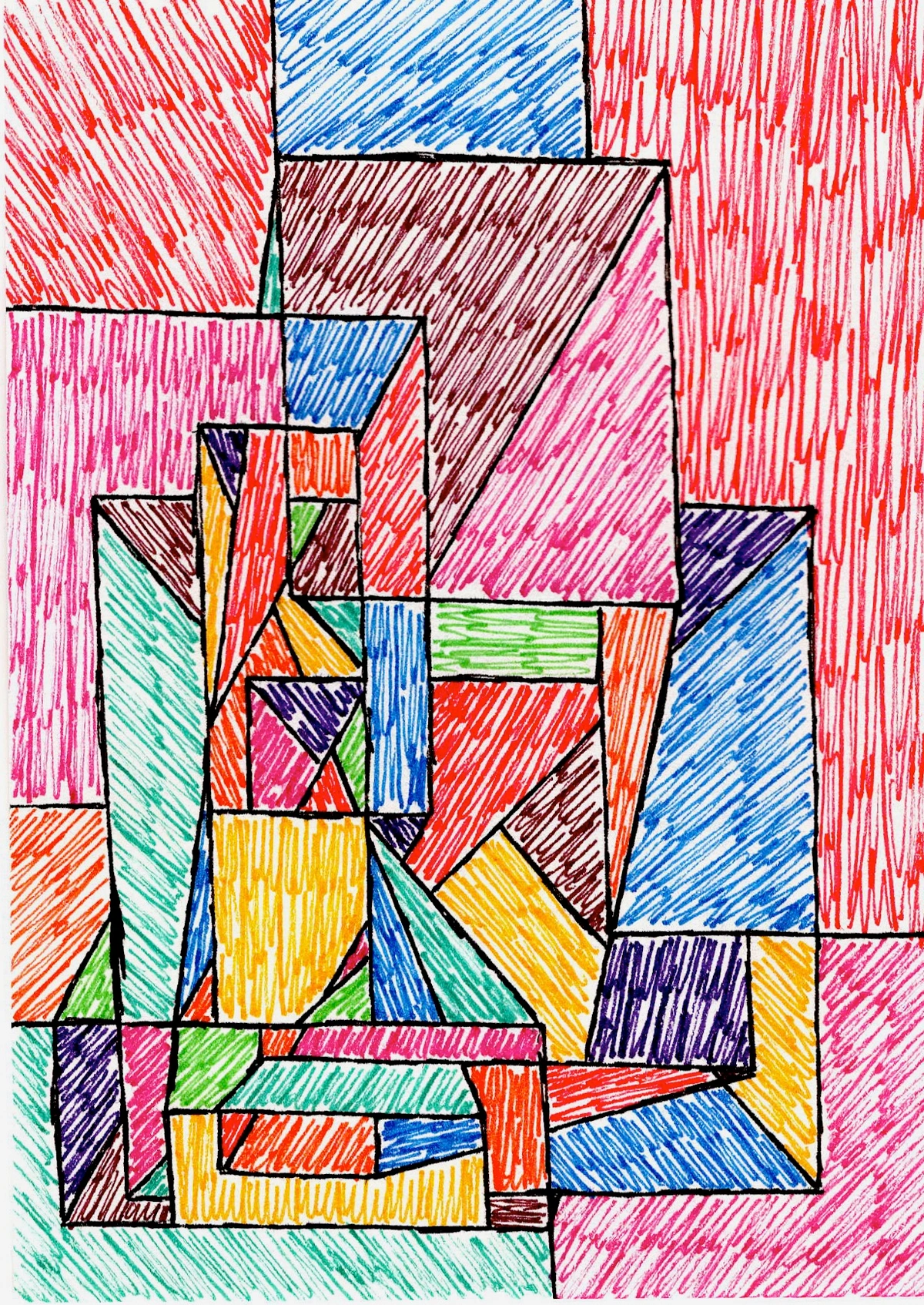
Why Do We Fall for Them? The Enduring Allure of Book Arts
So, what is it about these unique objects, from ancient illuminated texts to quirky contemporary creations, that continues to captivate us? For me, it boils down to several things. It’s a bit like discovering a new favorite corner of the art world that you never knew existed, offering fresh perspectives on what art can be:
- Intimacy and Interaction: A book demands a personal, one-on-one encounter. You hold it, you turn its pages, you control the pace of the revelation. It’s an intimate dialogue between the artist’s vision and your own discovery, something truly unique in a gallery setting. This playful subversion of expectation resonates deeply with my own creative journey; just as I love pushing the boundaries of what paint and collage can do, artist book creators push the boundaries of what a book can be, transforming the familiar into something utterly new, demanding interaction and reflection. It's an active rather than passive engagement.
- Narrative Potential: Even without words, the sequence of pages, the unfolding elements, can tell a story or explore a concept in a deeply profound way. It’s art with a built-in journey, much like the subtle layers and unexpected details I strive to build into my own paintings, where I build up layers of translucent paint to reveal hidden depths in my abstract pieces, inviting a prolonged, intimate discovery. For me, both an abstract painting and an artist book are about guiding the viewer through a visual narrative at their own pace.
- Materiality: In an increasingly digital world, the physical presence of an artist book is a powerful antidote. The smell of the paper, the weight in your hands, the texture under your fingers – these are sensory experiences that digital media simply can’t replicate. This tangible connection grounds the artwork in a way that feels deeply human.
- Bridging Disciplines & Scale: Artist books blur the lines between literature, painting, sculpture, and graphic design, offering a holistic artistic experience that excites all senses. They also come in an astonishing range of scales, from meticulously crafted miniatures no bigger than a thimble to monumental installations that demand an entire room, each scale offering a unique mode of engagement. This highlights the crucial role that printmaking has played through history, from early woodcuts illustrating texts to contemporary artists utilizing silkscreen or digital prints within their unique book forms, bridging centuries of graphic art and book creation. It's a true melting pot of creative approaches.
- Democratization of Art: And for artists, creating books can offer a more democratic avenue to share their vision. While my larger paintings might be unique pieces with a particular price point, artist books, often produced in limited editions, can make original art more accessible, providing an entry point for new collectors and broadening the audience for art beyond exclusive gallery spaces. This is further supported by dedicated artist residencies and workshops that foster the creation and dissemination of these unique art forms, expanding their reach and impact. It's a way to make art collecting less intimidating.
- Preservation and Access: Many artist books find homes in special collections of libraries and museums, making them accessible for study and appreciation, preserving these unique expressions for future generations. Beyond institutional support, artist book publishers and independent collectives like Printed Matter (in NYC) or various university-affiliated presses and small, artist-run presses play a vital role, often operating as passionate advocates, producing and distributing these works and ensuring they reach a wider audience of enthusiasts and collectors alike. You can often discover new works and artists at dedicated artist book fairs held in major cities around the world. These networks ensure the art form continues to thrive and evolve.
My Own Quiet Craft: A Personal Quest
While I primarily express myself through abstract painting, the spirit of the artist book—its intentionality, its sequential discovery, its celebration of craft—deeply informs my approach. I often find myself thinking about how a carefully constructed book reveals its narrative layer by layer, much like the process I use to build depth and meaning into my own abstract canvases. For example, the way a specific binding can dictate the rhythm of unfolding a story reminds me of how I choose brushstrokes and colors to guide the viewer's eye across my paintings. My journey with mixed media and my broader creative journey from concept to canvas are always evolving, and I find a profound resonance with how book artists transform the familiar into something utterly new, demanding interaction and reflection. Perhaps one day, you’ll even see an artist book from me. For now, I find immense joy in appreciating the work of others in this fascinating field.
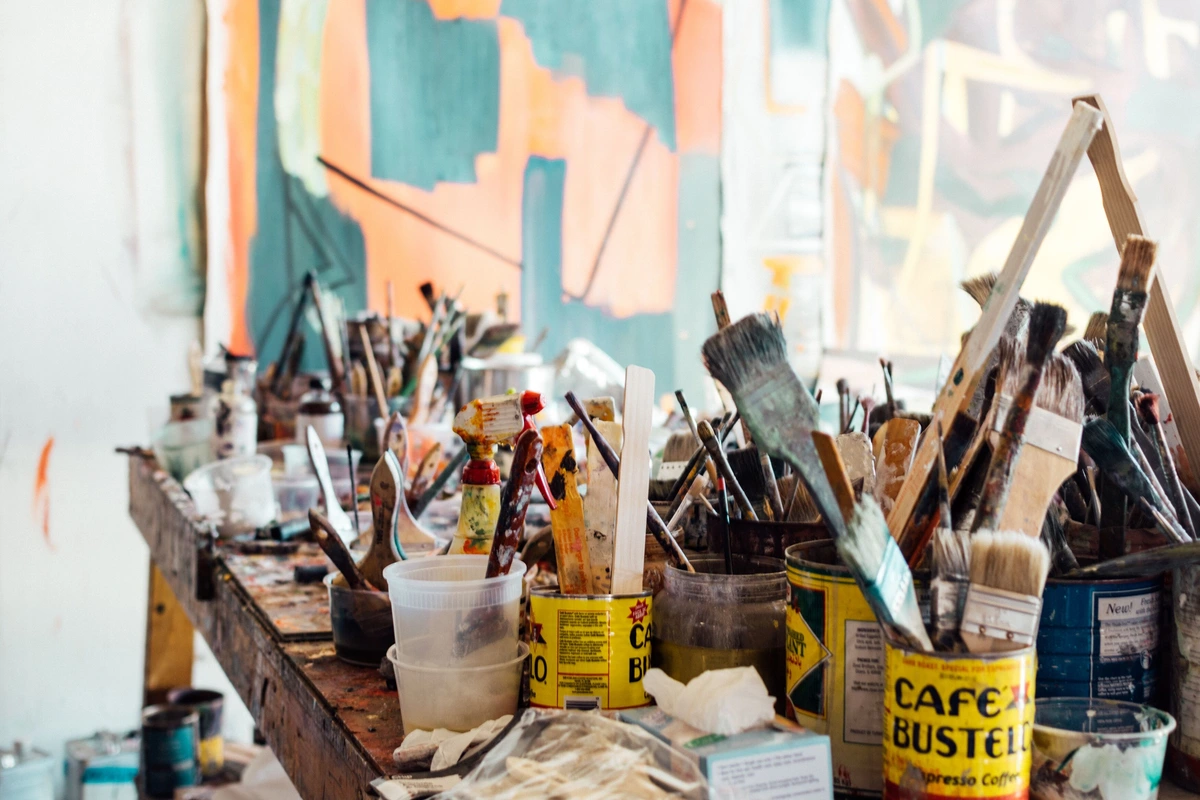
It’s a reminder that art is everywhere, waiting to be discovered, sometimes in the most unexpected places. It's a reminder that true artistic rebellion often whispers rather than shouts, a quiet defiance that resonates with my own approach to abstraction. If you ever find yourself in 's-Hertogenbosch, be sure to check out our local museum scene, like the Het Noordbrabants Museum, or even consider a visit to my own museum, which showcases my work and process; you might be surprised at the unique art you find, even beyond what's on my timeline or for sale in my collection. So, go on, explore the quiet corners, open a book, and let its art unfold. You might just discover a new obsession – I certainly did.
Frequently Asked Questions About the Art of the Book
What's the difference between an artist book and a regular book?
A regular book's primary purpose is usually to convey textual information, with its narrative at its core. An artist book, however, is conceived as a work of art in itself. Its form, materials, and concept are as important as, or even supersede, any text it might contain. The book form itself is the primary medium for artistic expression. It's often produced in limited editions or as unique pieces, giving the artist creative control over all aspects, transforming the book into an experience rather than just a vessel for words.
What's the difference between an artist book and a fine press book?
While both are meticulously crafted and value aesthetics, a fine press book prioritizes exquisite typography, binding, and materials to present a literary text in an elevated form, enhancing the reading experience. The artistic merit serves the text. An artist book, conversely, uses the book form itself as the primary medium for artistic expression. The content might be abstract, non-linear, or even non-existent, with the structure, materials, and interaction being the core artwork, sometimes even challenging the very definition of a book. The artistic concept is paramount, using the book as a canvas rather than just a container for a story, focusing on the book as the artwork itself rather than just a beautiful presentation of a text.
Are artist books valuable?
Yes, artist books can be highly valuable! Their worth, like other forms of art, depends on the artist's reputation, the uniqueness of the piece (one-of-a-kind vs. limited edition), the materials used, and historical significance. Many are collected by major museums and private collectors, with prices ranging from very accessible for emerging artists to significant sums for established names.
Where can I see artist books?
Artist books are often exhibited in contemporary art galleries, university libraries (especially special collections departments), and dedicated book art centers. Major art fairs and artist book fairs often feature them as well. While the internet is a great resource, nothing beats seeing and interacting with them in person – feeling the paper, turning the pages, experiencing the object firsthand.
How do artists create illustrated manuscripts today?
While the painstaking replication of traditional medieval illuminated manuscripts is rare for practical reasons – due to the immense time, cost, and specialized materials (like genuine lapis lazuli pigment or hand-processed vellum, and the challenging process of applying real gold leaf) involved – contemporary artists are profoundly inspired by their spirit of craft and artistry. Today, some artists do engage in highly detailed, hand-crafted bookmaking, often referred to as calligraphy and illumination. They might use modern calligraphic techniques, intricate hand-drawn illustrations, or incorporate elements of illumination with contemporary materials like metallic foils and vibrant acrylics, focusing on celebrating the book as a unique artistic object that blends historical reverence with a modern sensibility. Artists like Christopher Calderhead, known for his contemporary interpretations of illumination, or Jessica Spring, who combines letterpress with book arts, actively explore modern approaches, proving the enduring appeal of these ancient forms by reimagining them for a new era.
How is an artist book created?
The process is as varied as the artists themselves, but it always begins with a clear artist's intent driving every decision. It's often an iterative process where concept, materials, and form evolve together:
- Concept & Narrative: It begins with a strong idea, theme, or story the artist wants to convey. The artist decides what they want the book to communicate and how that message is best embodied.
- Material Selection: Artists choose materials that serve the concept – paper, fabric, metal, wood, or found objects. Each material choice is intentional, contributing to the book's overall message and sensory experience.
- Technique Execution: Various artistic techniques are employed, from printmaking (etching, lithography, woodcut) and drawing to photography, painting, collage, or even sculptural construction.
- Structure & Form: The artist decides on the book's physical structure: unique folds (like accordion), pop-up elements, unbound pages, or sculptural forms. The form itself becomes part of the narrative.
- Binding & Finishing: Binding is a crucial artistic choice, ranging from traditional methods to elaborate sculptural bindings that become an integral part of the artwork. Every decision, from paper choice to cover design, serves the overarching artistic vision and concept, making each artist book a unique journey.
What are the ethical considerations when creating artist books with found materials?
When artists use found objects or alter existing books, ethical considerations often arise. It's crucial to respect copyright if transforming published works and consider the provenance of found materials. Some artists intentionally engage with themes of consumerism or historical critique by repurposing objects, while others ensure materials are ethically sourced. The artist's intent and how they address these questions become part of the artwork's conceptual depth, sparking conversations about ownership, transformation, and artistic license. Artists also bear a responsibility to acknowledge sources or inspirations when adapting or repurposing existing works or materials, ensuring transparency and proper attribution where applicable.
A Final Word
The art of the book, in its many forms, is truly a beautiful testament to human creativity. From the gilded pages of ancient history to the daring experiments of contemporary artists, it reminds us that art can be intimate, interactive, and endlessly surprising. The art of the book is truly a quiet rebellion, pushing boundaries while inviting us to a deeply personal encounter. It's a journey I cherish, much like my own process of creating abstract art, where layers and subtle details invite discovery. So, the next time you hold a book, I encourage you to pause for a moment and consider not just the words within, but the art of the object itself. You might just discover a new obsession – I certainly did.




